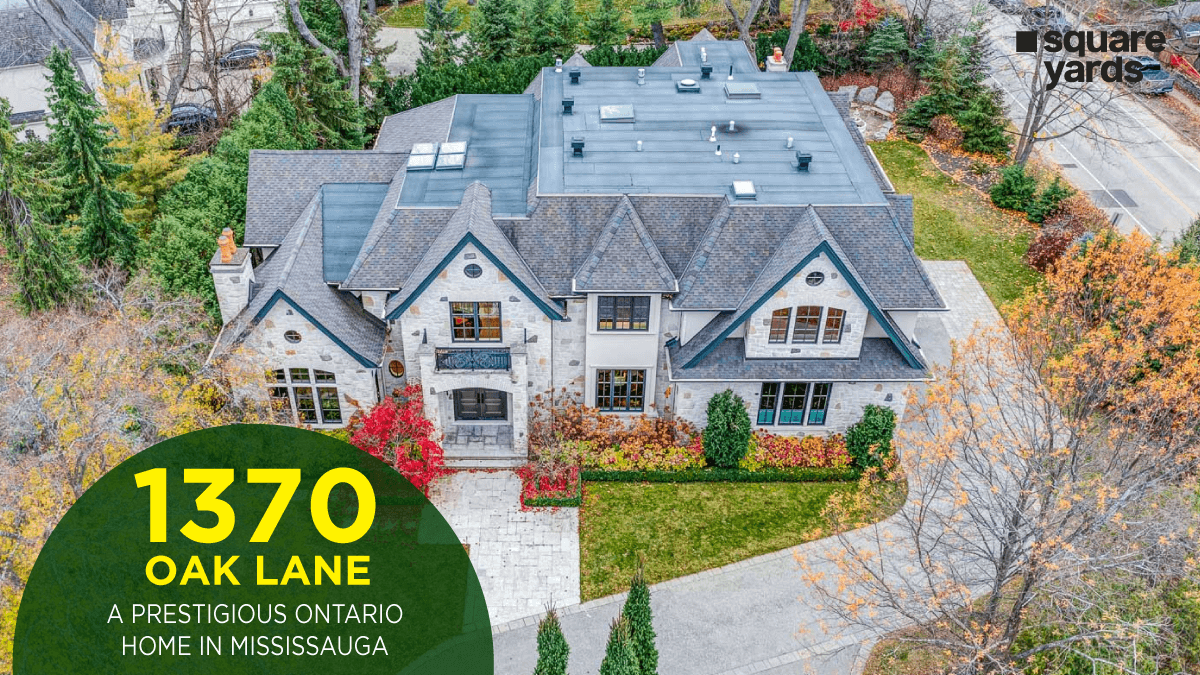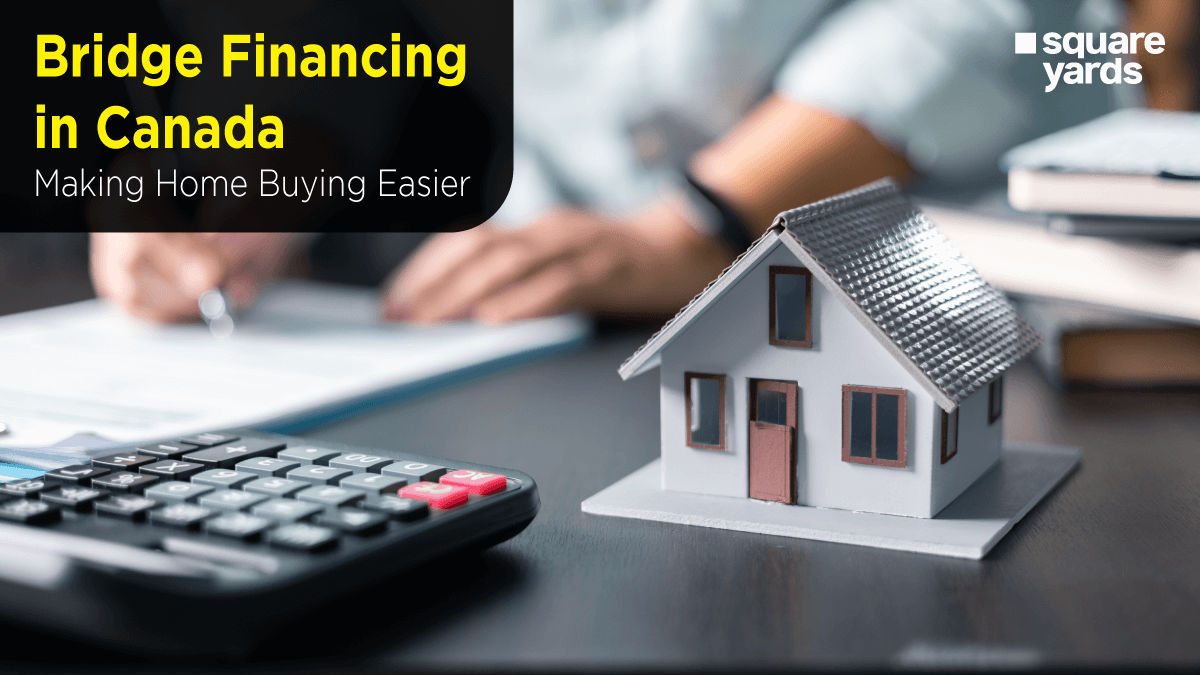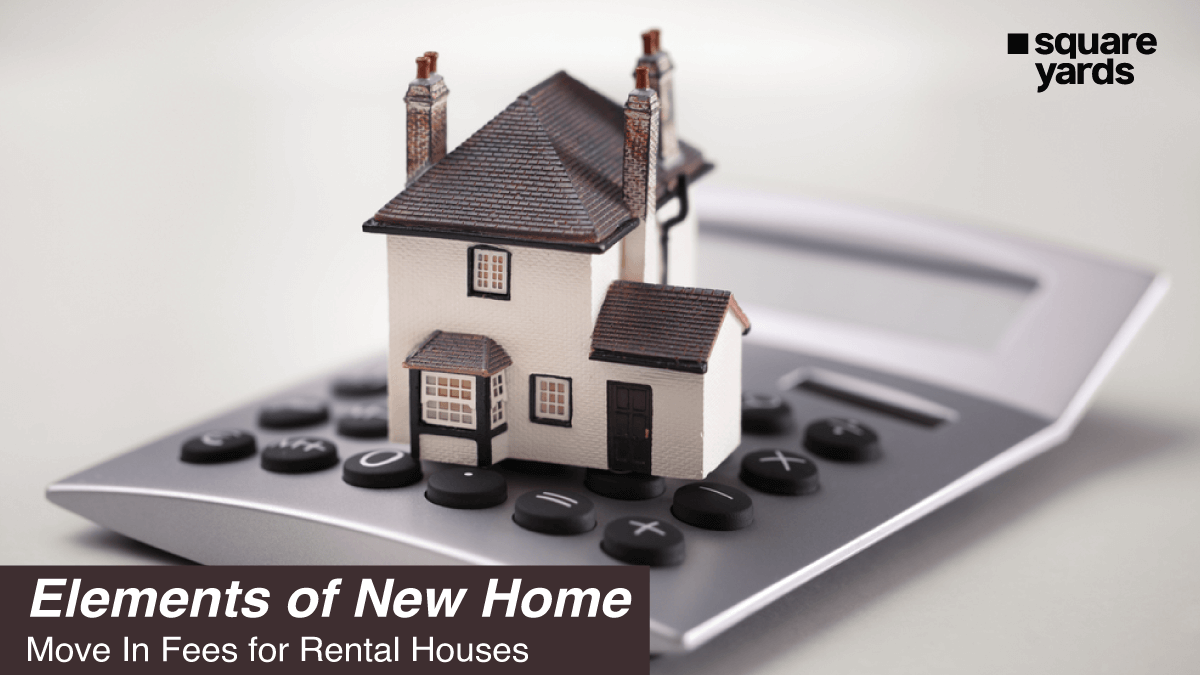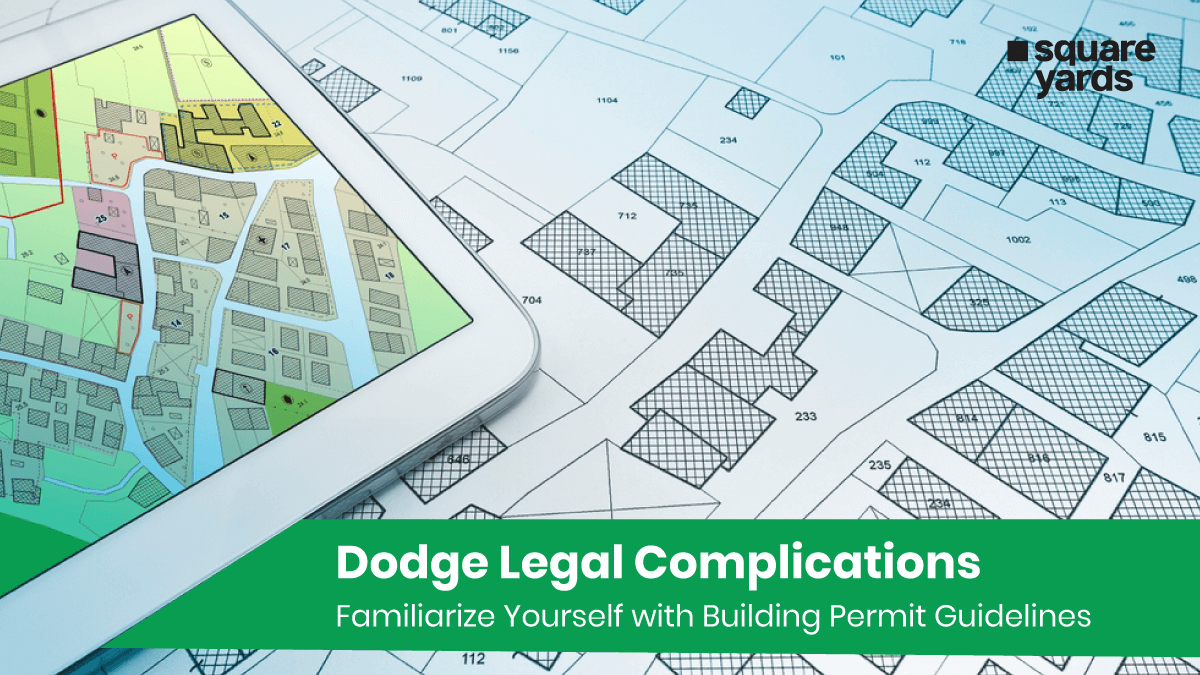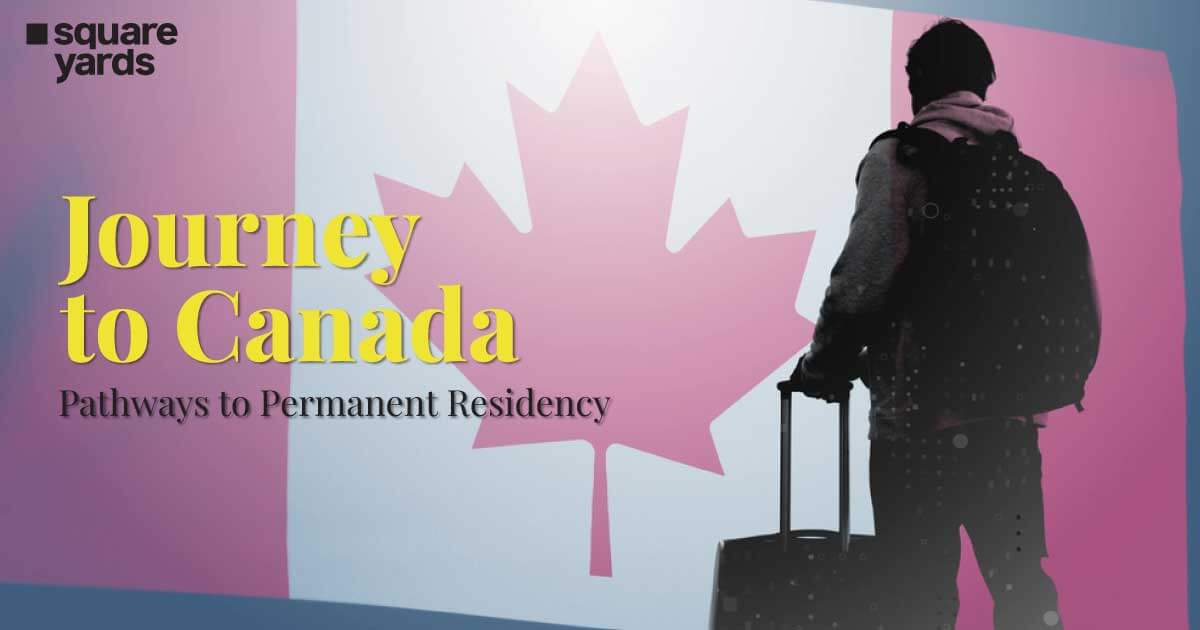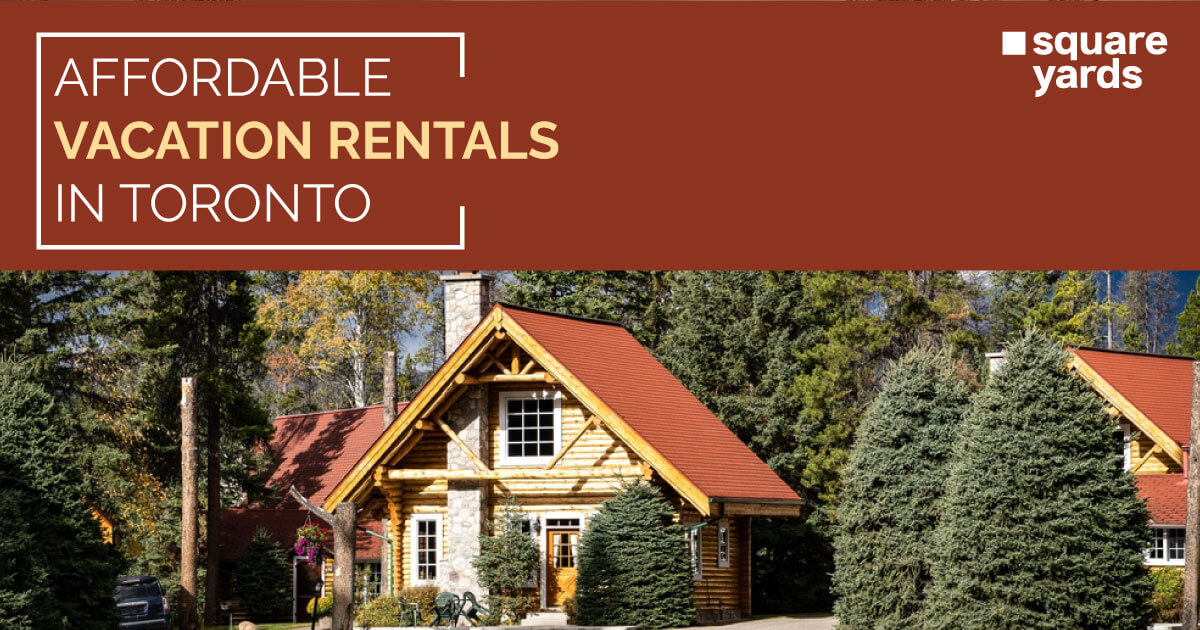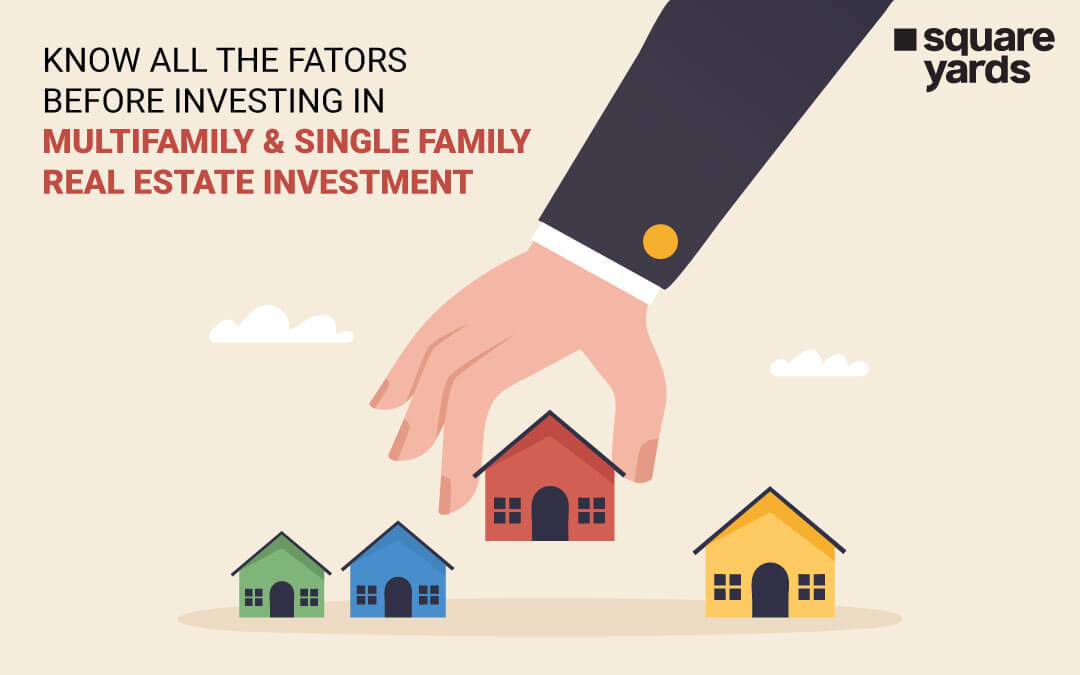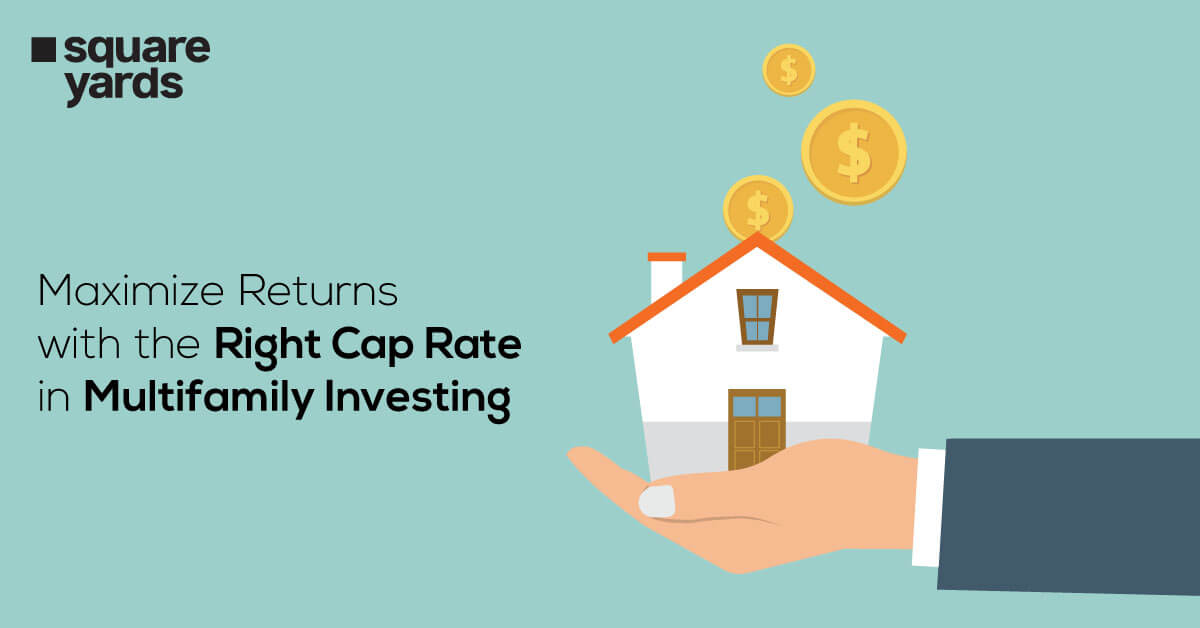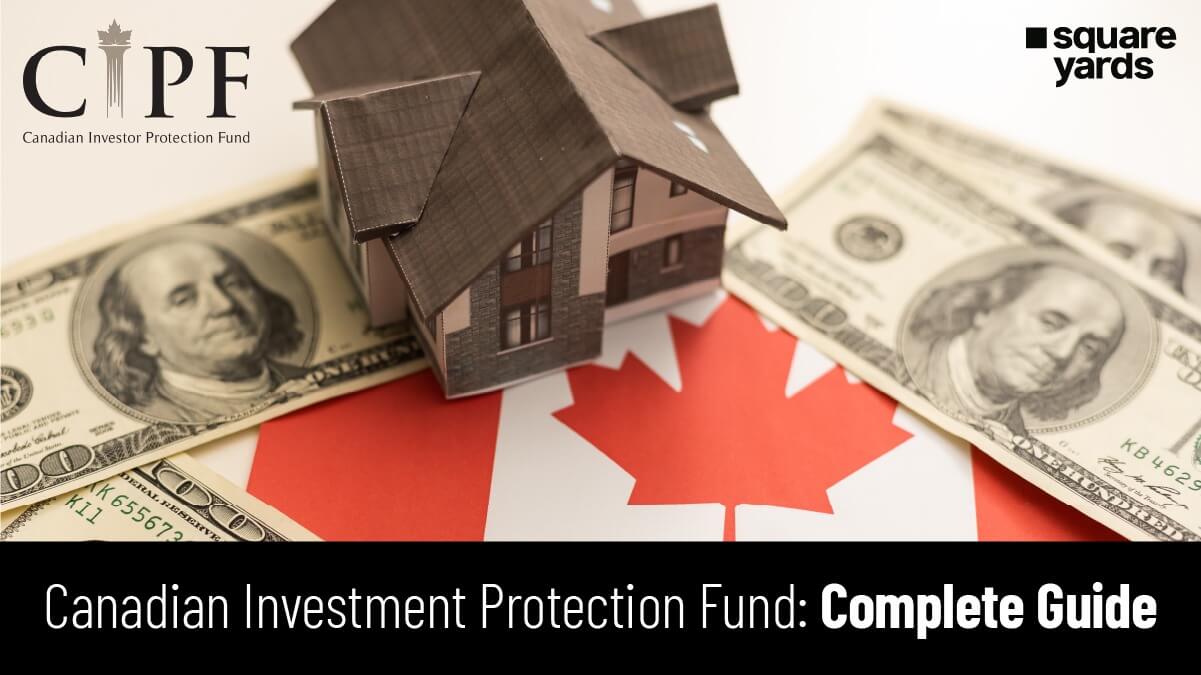Owning a home is one of the biggest investments you’ll make, and securing home insurance in Canada is essential for protecting it. Whether you buy a new home, condo, or apartment, it’s best to get it insured as soon as possible. Property insurance protects your residential property and helps you save excess house repair costs if it ever gets damaged due to natural catastrophes, major accidents, collective disturbances like riots, or any crime like theft or looting. It can also help cover additional living expenses if your home becomes uninhabitable due to a covered incident.
In this guide, we’ll break down the different types of home insurance in Canada, including condo insurance, tenant insurance, and rental property insurance, factors that affect home insurance premiums, and how to find the best policy for your needs.
Types of Home Insurance

Home insurance policies in Canada vary depending on the type of property, level of coverage, and mortgage requirements. The Insurance Bureau of Canada (IBC) categorises home insurance Canada into four main types, ensuring protection for homeowners, condo owners, and renters.
Let’s look at each home insurance policy under every category thoroughly.
Home Insurance Types Under IBC
- No Frills Insurance: The no-frills home insurance policy provides the least coverage. They are offered for homes that don’t meet the regular home insurance standards. However, the silver lining to such a policy is that it is highly affordable, given the basic coverage. It’s often used for properties requiring upgrades or renovations.
- Standard Insurance (Perils): The standard house insurance, also called “named perils”, only offers coverage for the risks mentioned in the policy. If a peril isn’t mentioned, it’s not covered. For instance, if your standard home insurance policy mentions fire, your home will be insured only against fire mishaps and not earthquakes, theft, or other unforeseen events.
- Broad Insurance: The broad home insurance policy is called the mid-tier policy as it offers more coverage than a standard policy but less than the comprehensive policy. Under this, all risks are covered except for the ones mentioned as exclusions. Like in a standard policy, you can also name the risks you want covered in a broad policy.
- Comprehensive Insurance: As the name suggests, a comprehensive policy provides coverage for all risks, including your home’s structure, interiors, and what it contains. The only things it does not cover are the ones mentioned as exclusions. It is also known as a special or all-perils policy.
Home Insurance Policies Based on Property Type

- Homeowners Insurance: Homeowners insurance offers coverage to private residences and their contents, covering damage to the structure, personal belongings, and liability claims in case someone is injured on the property. This type of insurance helps protect homeowners against losses resulting from theft, natural disasters, or any accidental fire or electrical breakouts.
- Condo Insurance: Condo insurance provides coverage for individual units within a condominium and is purchased by those who live in such a property type. This insurance type safeguards possessions, like furniture, appliances, clothing, and locker items, among others, of the condo unit owner. Additionally, it also protects the owner from any physical injury or property damage unintentionally done by others.
- Tenant Insurance: Tenant insurance or renter’s insurance is purchased by people living on rent to protect their personal belongings like appliances, furniture, clothes, locker items, etc., and get liability coverage. While moving into a rented property, landlords may demand a tenant’s insurance done by the former.
- Rental Property Insurance: Designed for landlords, this insurance covers property damage, loss of rental income, and liability protection if a tenant or visitor is injured on the premises.
- Seasonal or Other Property Insurance: Seasonal or other property insurance provides coverage based on usage and location. It is best suited for those looking to insure their revenue property, seasonal home, or second home.
Home Insurance Based on Mortgages
- Mortgage Default Insurance: The mortgage default insurance is for those homebuyers who purchase a residential property worth less than $1 million and puts a down payment below 20%. This insurance is given by the Canada Mortgage and Housing Corporation or Sagen and most often protects the bank from defaulters.
- Creditor Insurance: Also known as mortgage protection insurance, creditor insurance pays off the borrower’s mortgage under circumstances of their death, disability, or critical illness.
- Term Life Insurance: Unlike creditor insurance, term life insurance offers mortgage coverage for a specified time period. In this span of time, if the borrower passes away, the proceeds go to the beneficiary without any taxation, and an amount of money from the proceeds is used to pay the deceased’s mortgage.
Average Home Insurance Cost
In Canada, an average home insurance policy costs $1,800 per year. However, it varies depending on the type of location, home, and risks. Comparing your home insurance quotes helps you save hundreds every year.
Here’s an average monthly home insurance policy price comparison amongst different Canadian provinces.
Canadian Province | Average Monthly Home Insurance Price |
Ontario | $150 |
Alberta | $180 |
British Columbia | $160 |
Quebec | $120 |
Note: These figures are approximate and can vary based on individual circumstances and specific insurance providers
What Affects the Cost of Home Insurance?
Several factors influence Home Insurance Canada premiums:
- Location & Crime Rate – Homes in high-crime or disaster-prone regions typically have higher premiums due to increased risks.
- Property Type & Age – Older homes or properties built with high-risk materials may cost more to insure.
- Coverage Type & Limits – A comprehensive policy with full coverage costs more than a named perils policy covering only specific risks.
- Claims History – If you’ve previously filed multiple claims, insurers may increase your premium.
- Home Safety Features – Installing security systems, fire alarms, or burglar alarms can reduce insurance costs.
- Additional Structures – Properties with detached garages, pools, or outbuildings may require extra coverage, increasing premiums.
How To Get an Affordable Home Insurance Policy?
Owing to the growing popularity of home insurance among homeowners, several property insurance policies have entered the market at varied prices. However, if you are looking for affordable and cheap home insurance, one way to do it is to lower your premium costs.
Here’s how you can reduce your premium costs for cheap home insurance:
- Compare Multiple Quotes: Shopping around for different home insurance Canada providers ensures you get the best rate for your coverage needs.
- Increase Your Deductible: Opting for a higher deductible (the amount you pay before insurance coverage applies) can lower your monthly premium.
- Improve Home Security: Installing smoke detectors, burglar alarms, deadbolt locks, or a monitored security system can qualify you for discounts on property insurance.
- Maintain a Claims-Free History: Insurers reward policyholders who do not file frequent claims with lower premium rates over time.
- Upgrade Your Home’s Disaster Preparedness: Reinforcing your home against floods, windstorms, or fires can make you eligible for special policy discounts.
- Stay with the Same Insurer: Some providers offer loyalty discounts to long-term policyholders. However, always compare rates to ensure you’re getting the best deal.
Insurance firms with good ratings and rational quotes definitely help you get the best insurance policy.
There are also various discounts you can avail of to reap the benefits of cheap home insurance. These include:
- Renewal discount
- Alarm discount
- Loyalty discount
- Household discount
- Gated community discount
- Multi-line discount
- Age discount
- New business discount
- Flex discount
- Smoke-free discount
- Occupation discount
- Sewer back-up discount
- Claims-free discount
- Bundle discount
- Credit discount
- Mortgage-free discount
Home Insurance Settlement Options
When you file a claim under your Home Insurance Canada policy, the way your insurer calculates your payout depends on the type of settlement option you have chosen. Understanding these options can help you make informed decisions about your property insurance coverage.
The following are the types of Insurance settlement options available:
- Actual Cash Value (ACV): This option reimburses you based on the current market value of the damaged or stolen item, accounting for depreciation. For example, if a fire damages a five-year-old television, the payout will reflect its reduced value due to wear and tear, not the price of a new one.
- Replacement Cost Value (RCV): In this option, you will receive the amount needed to replace the damaged or stolen item with a new equivalent at today’s prices. For instance, if your sofa is damaged in a flood, your home insurance Canada policy will cover the cost of buying a brand-new sofa of similar quality.
- Guaranteed Replacement Cost (GRC): This premium option ensures your home is fully rebuilt to its original condition, even if the cost exceeds your policy limit. This is particularly useful during periods of rising construction costs.
- Extended Replacement Cost (ERC): Similar to GRC, but provides a predefined additional coverage percentage (e.g., 20-25% above the policy limit) to help cover unexpected cost increases in labour and materials.
Which Settlement Option is Best?
Most Home Insurance Canada policies default to ACV, but homeowners can upgrade to RCV or GRC for added protection. Always review your policy to ensure your coverage matches your needs.
- Choose ACV if you prefer lower insurance premiums but don’t mind receiving a reduced payout based on item depreciation.
- Choose RCV if you want the ability to replace damaged items at full value without depreciation deductions.
- Choose GRC or ERC if you want to fully restore your home, even if rebuilding costs exceed the initial insurance limit.
Settling a Claim with a Mortgage
If you have a mortgage, your home insurance Canada policy protects both you and your lender. Most mortgage providers require property insurance to ensure financial protection against damages.
- Lender’s Priority – The loss payee clause ensures that your mortgage lender receives the insurance payout first in case of severe damage.
- Claim Process – Your insurer may issue payments directly to the lender, as a joint cheque, or in instalments for repairs.
- Final Settlement – If the home is a total loss, the payout may first clear the remaining mortgage balance, with any excess funds going to the homeowner.
Coverage and Protection Under Home Insurance Canada
A Home Insurance Canada policy offers financial protection for your property and those living in it. However, coverage varies depending on who resides in the home, the type of policy, and specific perils covered
Who is Covered?
- Homeowners (Policyholders): If you own a home and have a valid insurance policy, your property and belongings are covered under property insurance.
- Immediate Family Members: A home insurance Canada policy extends to family members who live in the insured home, such as a spouse, children, or dependents.
- Guests and Visitors: If someone is injured on your property, the liability coverage in your home insurance may cover medical expenses or legal fees.
Who Needs Separate Coverage?
- Roommates or Housemates: If you live with non-family members, your insurance will not cover their belongings. They should have their own tenant insurance.
- Tenant Renting a Portion of the Home: If you rent out a part of your home, like a basement suite, standard property insurance may not cover damages caused by tenants. You may need rental property insurance to protect against tenant-related risks.
- Short-Term Rentals (Airbnb, Sublets): If you rent out your home for short-term stays, your insurer may require additional rental property insurance or an Airbnb-specific policy.
What Perils Are Covered Under Home Insurance?
- Structural Damage: Covers fire, windstorms, theft, and vandalism.
- Personal Belongings: Protects furniture, electronics, clothing, and valuables from insured risks.
- Liability Protection: This covers legal costs if someone is injured on your property or if you cause damage to another property.
- Additional Living Expenses: Pays for temporary housing costs if your home is uninhabitable due to an insured event.
What Is NOT Covered?
- Flood and Earthquake Damage: Standard Home Insurance Canada does not cover overland flooding or earthquakes; separate endorsements are required.
- Negligence and Lack of Maintenance: Insurers will not cover damages caused by wear and tear, mould or lack of upkeep.
- Intentional Damage or Fraud: If damages occur due to intentional harm or fraudulent claims, they will not be covered.
Endorsements (Added Coverage)
Even though a home insurance policy covers almost all mishaps within the insured perils, there are certain unfortunate events that are not covered. In such cases, you can buy added coverages, called endorsements, that shield you from huge replacement or renovation costs in times of natural disasters like floods or windstorms, or backed up sewers, toilets, drains, etc.
You can also go for endorsements to insure valuable collectibles like jewelry, art pieces, artifacts, branded automobiles, among others, and electronic appliances like security systems, air conditioners, kitchen appliances, computers, etc. Endorsements make sure that you get the total amount required to repair the damages or replace the items that have been stolen, impaired, or destroyed and pay in the form of an ACV.
Home-Based Business and Insurance Considerations
If you run a business from home, standard home insurance Canada policies do not automatically cover business-related risks. Whether you’re a freelancer, an online seller, or operating a small business, you may need business insurance coverage to protect your assets, liabilities, and operations.
Why Standard Home Insurance May Not Be Enough
- Limited or No Coverage for Business Equipment: Most property insurance policies only provide minimal coverage for business-related equipment like computers, tools, or office furniture. If these items are stolen or damaged, your claim may be denied unless you have a business endorsement.
- No Protection for Client or Employee Injuries: If a customer, employee, or delivery person gets injured in your home, your standard liability coverage may not apply.
- No Coverage for Business Interruptions: If a fire, flood, or disaster forces you to temporarily stop operations, a home insurance policy will not compensate for lost income.
Types of Business Insurance Coverage for Home-Based Businesses
- Home Business Endorsement – Adds coverage for business equipment, inventory, and liability risks without requiring a separate policy.
- Commercial Property Insurance – Protects business assets beyond what standard home insurance Canada covers.
- General Liability Insurance – Covers injuries or property damage involving clients, suppliers, or employees.
- Business Interruption Insurance – Helps recover lost income if your business is affected by an insured event.
How You Should Opt For Home Insurance?
Selecting the right home insurance Canada policy involves more than just picking the cheapest option. You need to assess your coverage needs, risk factors, and financial protection to ensure your home is adequately insured.
Steps to Choosing the Right Home Insurance
- Evaluate Your Coverage Needs – Assess your home’s value, contents, and potential risks (e.g., location in a flood-prone area). If you have high-value items like jewelry or collectables, consider adding extra coverage.
- Check the Policy Types – Decide between a named perils policy (covers specific risks) and a comprehensive policy (covers all risks except exclusions). If you own a condo, ensure your condo insurance Canada policy complements your building’s master insurance.
- Understand Your Deductible and Limits – A higher deductible can lower your premiums, but make sure you can afford the out-of-pocket expense in case of a claim.
- Compare Multiple Quotes – Get quotes from different insurers and compare coverage, not just price. A lower premium might mean fewer benefits or exclusions.
- Review Discounts and Bundling Options – Look for multi-policy discounts if you bundle home and auto insurance or qualify for loyalty, claims-free, or security system discounts.
- Use a Home Insurance Calculator – Many insurers offer online tools to help estimate your home insurance Canada premium based on your property and risk profile.
- Consult an Insurance Broker – If unsure, speak to a licensed insurance broker who can explain policy terms and recommend the best options based on your budget and needs.
Final Thoughts
No matter whether you have a sprawling house or a small rented apartment, getting a property insurance policy for the same is necessary. It protects your home and secures you from heavy expenses during unfortunate events. However, choose a home insurance policy wisely. Seek licensed insurance agents or companies, compare quotes, and use an online house insurance calculator to ascertain your premium amount. Be smart and aware, and get your home insured today for a secure living.


